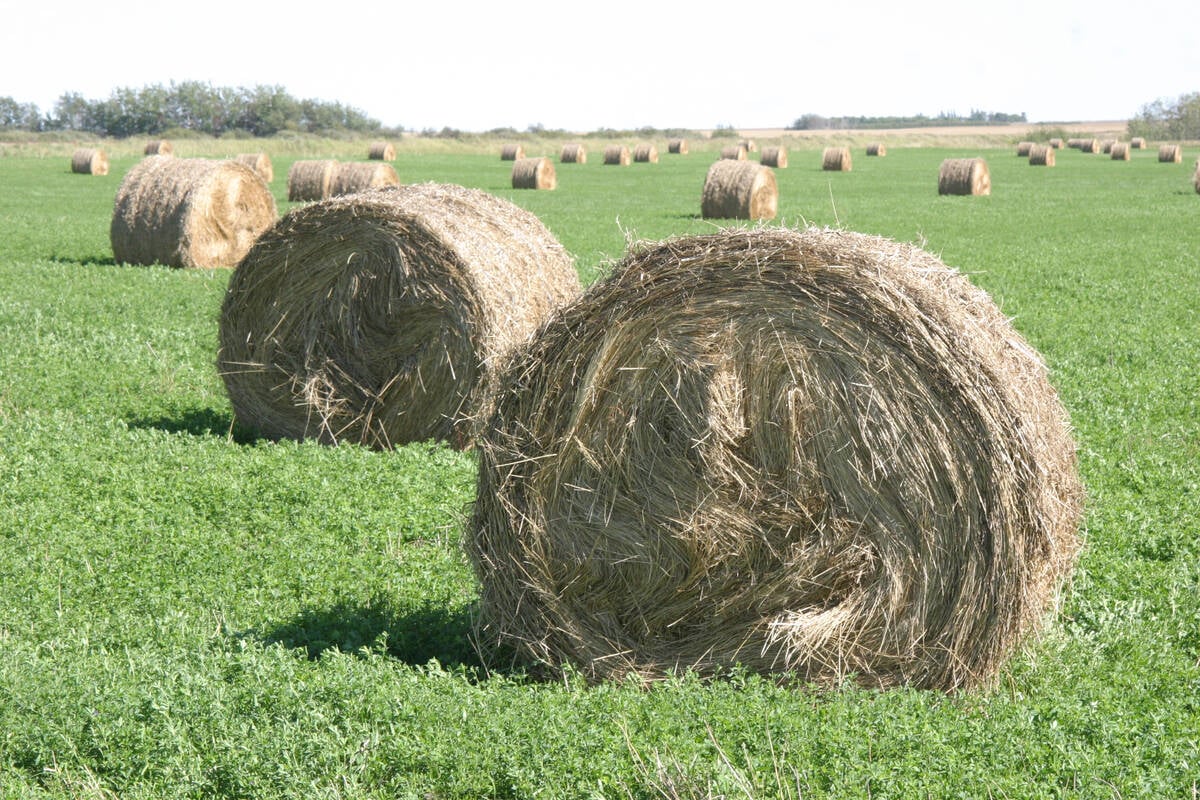COCHRANE, Alta. – Dorper sheep may not be as tall as some breeds, but they are adaptable.
Developed in South Africa during the early 1940s, the breed is a cross between Dorset and Blackhead Persian sheep from Arabia and were bred to thrive under arid or semi-arid conditions.
They are heavily muscled and shed their coats so no shearing is required. They have a thick skin and fat cover, which promotes survival in severe cold or drought.
“The Dorper is the only breed that has a natural fat cover over the entire body,” said Raymond Read of South Africa.
Read Also

Breaking down successful winter feeding into six steps
It’s that time of year when it is important to start planning for a cow herd’s winter feeding program. Here are six steps I think are necessary to consider when getting your feed tested.
He raises Dorpers and judges international shows, including this year’s Calgary Stampede where the 10th anniversary of the breed in Canada was celebrated.
The breed comes in two different strains: one is solid white while the others have a black head.
The breed is not as leggy as others, but it can adapt to a variety of conditions, breed out of season with a high percentage of twins and produce a carcass suitable for local market conditions.
In South Africa, the lambs are typically weaned and sold when they reach 40 to 42 kilograms.
“The market in Canada requires a bigger lamb because they want a bigger chop. In my country we like a small chop,” Read said.
The South African Dorper Breeders’ Association was formed in 1950.
The Dorper is the second largest breed in South Africa with more than 10 million head, making up more than one-third of the total number of sheep in that country. In recent years, the Dorper has become popular in the Middle East, China, Canada, Australia, South America, Mexico and the United States.
The Calgary Stampede show saw the grand champion black-faced ewe go to WDI Livestock of Coronation, Alta., while Ram H Breeders of Cochrane won grand champion ram and reserve champion ram and ewe. The white face Dorper show saw all the champion honours go to Boda Farms and Omni Dorpers of Nanton, Alta.
The anniversary finished with a sale of 41 lots of breeding stock, including four commercial offerings averaging $642.
The grand champion ram from the Calgary Stampede was sold by Ram H Breeders of Cochrane to RHC Dorpers of Mexico for $2,150. The high selling ram was $2,700. The high selling ewe sold for $1,400.















